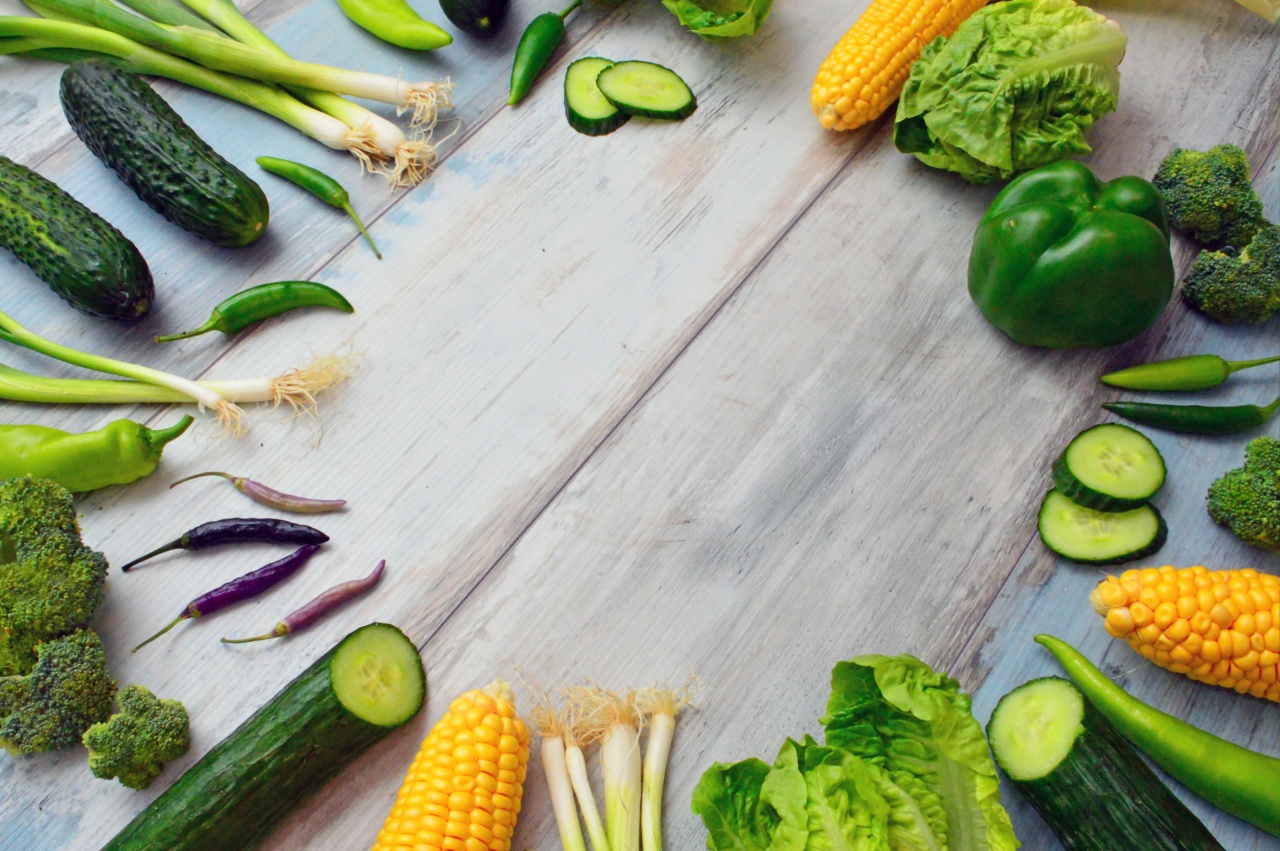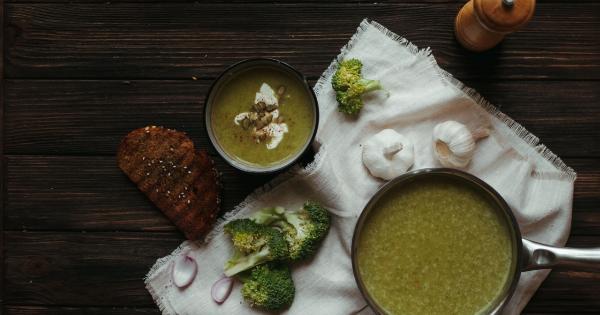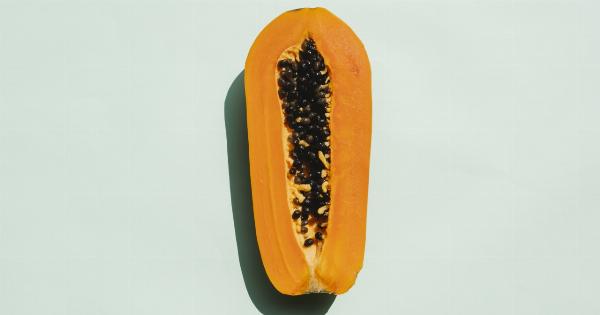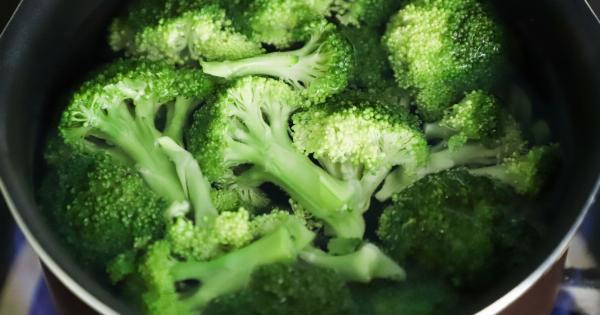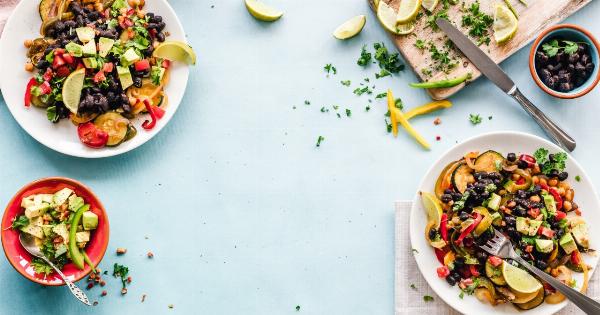Broccoli is a cruciferous vegetable that has gained considerable attention for its potential to prevent and combat cancer.
Numerous studies have highlighted the presence of various bioactive compounds in broccoli, including sulforaphane, a potent anti-cancer agent. While the health benefits of consuming raw broccoli are well-known, cooking methods and techniques can significantly impact the anti-cancer potential of this superfood.
This article delves into the role of cooking in maximizing the anti-cancer potential of broccoli.
The Anti-Cancer Properties of Broccoli
Broccoli contains a wide range of bioactive compounds, such as glucosinolates, which are responsible for its distinctive taste and smell.
When broccoli is cut or chewed, an enzyme called myrosinase is activated, triggering a series of chemical reactions that convert glucosinolates into isothiocyanates, including sulforaphane. Sulforaphane is a powerful anti-cancer compound that has shown promising effects in inhibiting the growth of cancer cells, reducing inflammation, and boosting the body’s natural defense systems.
Raw vs. Cooked Broccoli
While raw broccoli is often touted as the best way to maximize the anti-cancer potential, cooking methods can actually enhance the bioavailability and absorption of some beneficial compounds, including sulforaphane.
Heat application, such as steaming or stir-frying, can break down the tough cell walls of broccoli, making it easier for our bodies to access and absorb the bioactive compounds.
Steaming as a Cooking Method
Steaming broccoli for a short duration, around 5 minutes, is an effective way to preserve its nutrients while improving digestibility. This cooking method helps retain a significant amount of sulforaphane and other anti-cancer compounds.
Steamed broccoli also retains its crispness and vibrant green color, making it a visually appealing and nutritious addition to meals.
Stir-Frying for Enhanced Benefits
Stir-frying broccoli with a small amount of oil can further enhance its anti-cancer potential. Heat from the cooking process not only breaks down cell walls but also activates enzymes that convert glucosinolates into isothiocyanates.
The addition of oil aids in the absorption of fat-soluble compounds, such as sulforaphane, making it easier for the body to utilize these beneficial substances.
The Crucial Role of Cooking Time
While cooking broccoli can enhance its anti-cancer potential, it is important to consider the cooking time. Overcooking can lead to the degradation of heat-sensitive compounds, diminishing the health benefits.
It is recommended to avoid overcooking broccoli and opt for shorter cooking times to preserve its nutrient content.
Best Practices for Maximizing Anti-Cancer Potential
Here are some key tips to maximize the anti-cancer potential of broccoli through cooking:.
- Steam broccoli for around 5 minutes to preserve its nutrients and vibrant color.
- Consider stir-frying broccoli with a small amount of oil to enhance absorption of beneficial compounds.
- Avoid overcooking broccoli to prevent nutrient loss.
- Incorporate raw broccoli into salads or as a snack to reap the benefits of raw consumption.
- Combine cooked and raw broccoli for a varied nutrient profile and optimal health benefits.
- Experiment with different cooking methods to find what suits your taste and preference.
Other Factors Influencing Broccoli’s Anti-Cancer Potential
Cooking methods are just one aspect that can impact the anti-cancer potential of broccoli. Other factors to consider include:.
- Storage: Proper storage of broccoli is crucial to retain its nutrients. Refrigerate it in a sealed bag or container to maintain freshness and prevent nutrient degradation.
- Processing: Processing methods, such as canning or freezing, can affect the nutrient content of broccoli. Opt for fresh or minimally processed broccoli whenever possible.
- Plant Variety: Certain broccoli varieties may have varying levels of bioactive compounds. Choose broccoli varieties known for their high glucosinolate content.
- Genetic Variations: Some individuals may have genetic variations that affect their ability to metabolize and benefit from the bioactive compounds in broccoli. Personalized genetic testing can provide insights into individual nutritional needs.
Incorporating Broccoli into a Cancer-Fighting Diet
While cooking methods can enhance the anti-cancer potential of broccoli, it is important to note that a well-rounded, balanced diet is key to reaping the full benefits of this cruciferous vegetable.
Incorporate a variety of fruits, vegetables, whole grains, lean proteins, and healthy fats to support overall health and reduce the risk of cancer.
Conclusion
Broccoli holds immense potential in the fight against cancer, thanks to its abundance of bioactive compounds.
Cooking methods, such as steaming and stir-frying, can maximize the accessibility and absorption of these compounds, ensuring that our bodies can fully benefit from their anti-cancer effects. By optimizing cooking techniques and considering other influencing factors, we can harness the full anti-cancer potential of broccoli and make it a delicious and nutritious addition to our meals.
